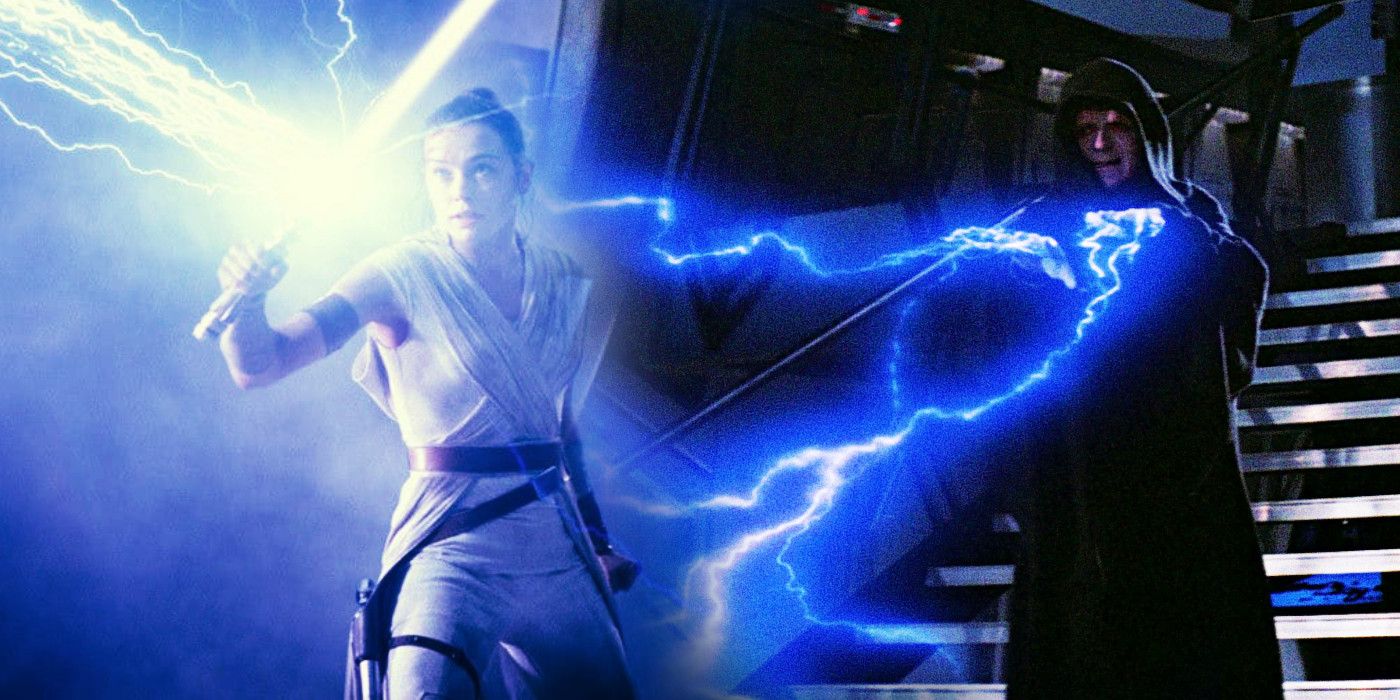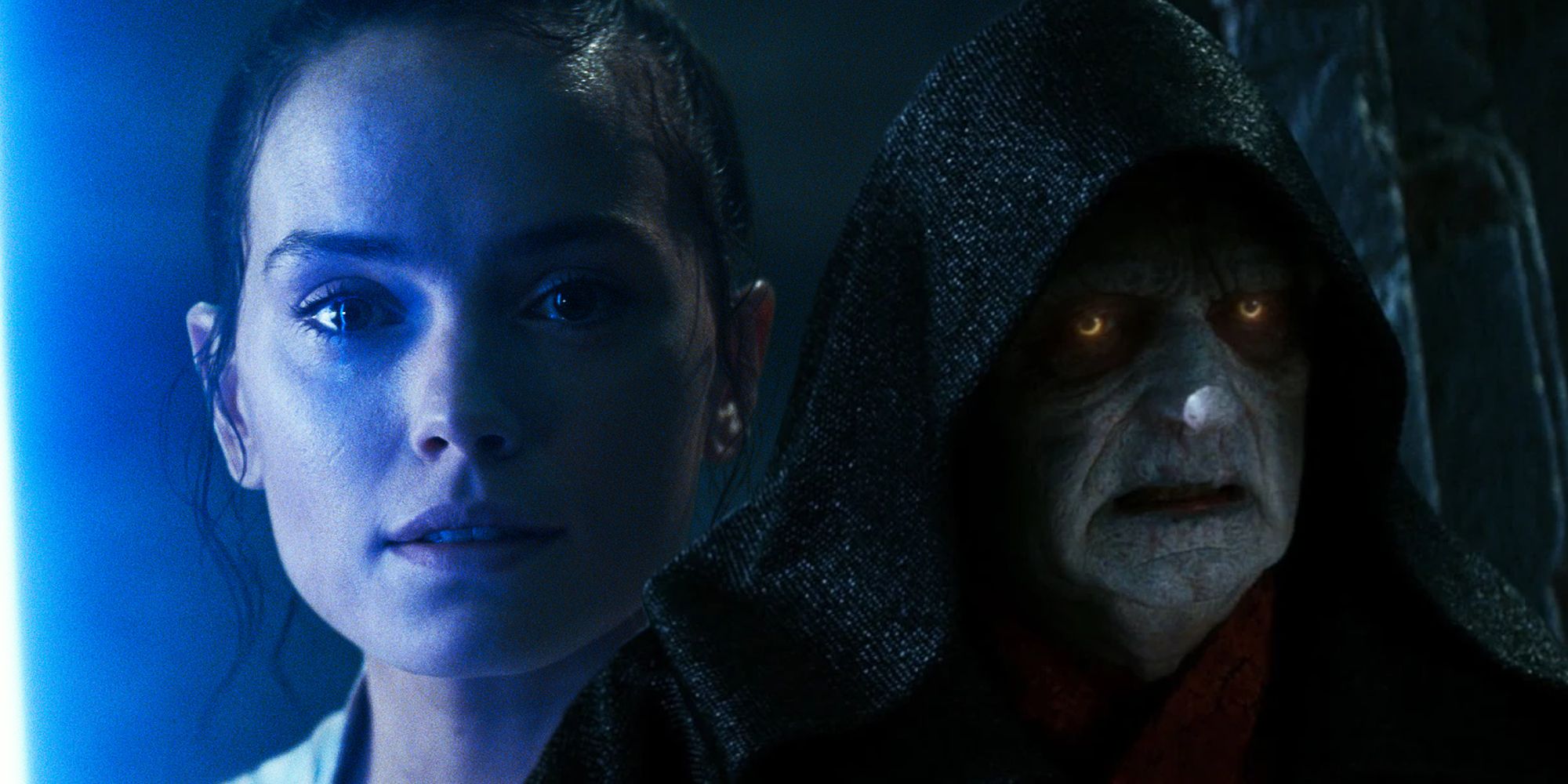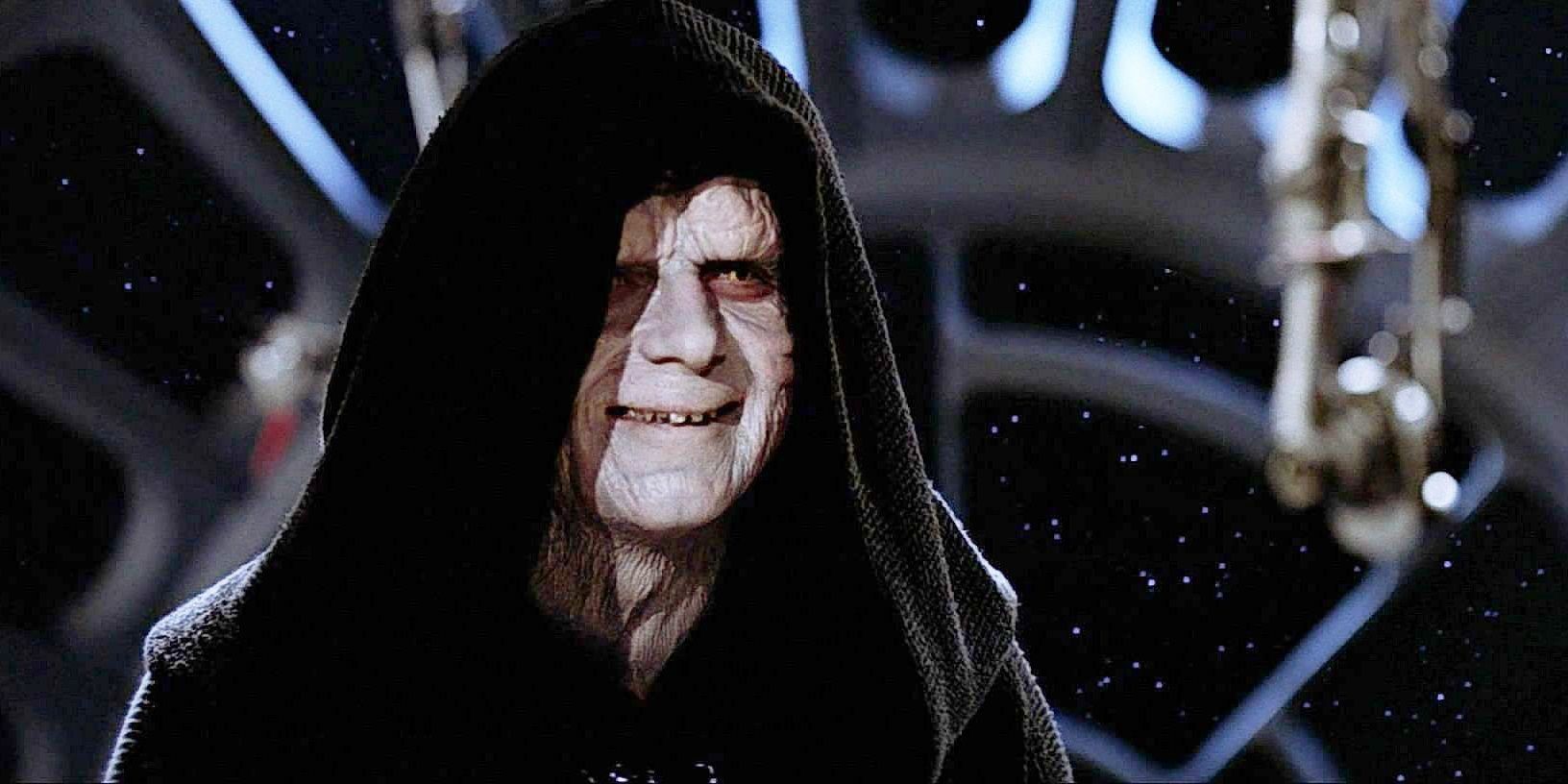Star Wars: The Rise of Skywalker has improved Return of the Jedi’s throne room scene by providing additional context for Palpatine’s master plan. The Star Wars sequel trilogy took much inspiration from the original trilogy, utilizing parallels as important storytelling tools while still attempting to take the Skywalker saga in a new direction. Star Wars: The Force Awakens is seen by many as a straightforward retelling of the original Star Wars – now better known as A New Hope. The Rise of Skywalker, however, despite possibly utilizing fan service and nostalgia to the point of overkill, did provide a new perspective for Return of the Jedi’s emotional climax.
When The Rise of Skywalker brought back Palpatine, it was easy to interpret this as an over reliance on the story of the original Star Wars trilogy. The final climactic duels in both Return of The Jedi and The Rise of Skywalker do however share some parallels that provide a more interesting interpretation of Palpatine’s evil plans. While some are obvious, like Rey being the final key to Kylo Ren’s redemption in the same way Luke Skywalker was the catalyst for Darth Vader’s turn, it is Palpatine’s confidence in his adversary’s festering anger in The Rise of Skywalker that provides new depth to his schemes in Return of the Jedi's throne room scene.
Rise Of Skywalker Revealed Palpatine's True Return Of The Jedi Trap
Both The Rise of Skywalker and Return of the Jedi feature Palpatine goading his enemies, trying to get them to admit their hatred. In Return of the Jedi, Palpatine uses Luke’s concern over the survival of the Rebel Alliance to try and bolster the young Jedi's anger. In The Rise of Skywalker, Palpatine wants Rey to strike him down in anger too, so that she may take her place as his successor on the throne of the Sith. And yet, The Rise of Skywalker’s scenario includes one additional detail not previously mentioned in Return of the Jedi – Palpatine’s legacy and essence passing into the one who kills him.
As Palpatine says in the scene where he and Rey come face to face for the first time, “your hatred, your anger. You want to kill me. That is what I want. Kill me, and my spirit will pass into you. As all the Sith live in me, you will be Empress. We will be one.” The parallels between Palpatine’s taunting of Luke and his plans with Rey would certainly suggest that the Emperor anticipated Luke would kill him, and that he then expected to possess the body of his killer. Possessing Luke would have ended the threat of the Jedi once and for all, the same way possessing Rey would have. That is all Palpatine has ever wanted.
Why Palpatine's Return Of The Jedi Trap Failed
If Palpatine planned to take possession of Luke – or even Vader – in Return of the Jedi, as The Rise of Skywalker suggests, there is one very specific reason this plan did not work. Palpatine tried to manipulate Luke into relying on his anger, the same way Palpatine manipulated Anakin Skywalker two decades before. Anakin, however, had lost all hope by then. His mother had been killed, his wife was dying, and there was nothing he could do to stop any of it. Luke, despite nearly giving in to his fear and hatred during his duel with Vader, never truly lost hope. His rejection of Palpatine’s manipulation shut the door on the possibility of Palpatine ending the Jedi.
And, though Vader was the one to kill Palpatine in the end, this act wasn’t done out of anger or hatred. It was done out of love, out of concern for the safety of his son. If Palpatine needed someone to strike him down in anger, Luke’s optimism and the remnants of whom Anakin used to be stopped his plan entirely, the same way Rey’s reliance on all the Jedi, her love for her friends in the Resistance, and the successful redemption of Ben Solo gave her the strength to fight as well. Though The Rise of Skywalker has its faults, it does manage to add a new dimension to some of Return of the Jedi’s most powerful scenes.



